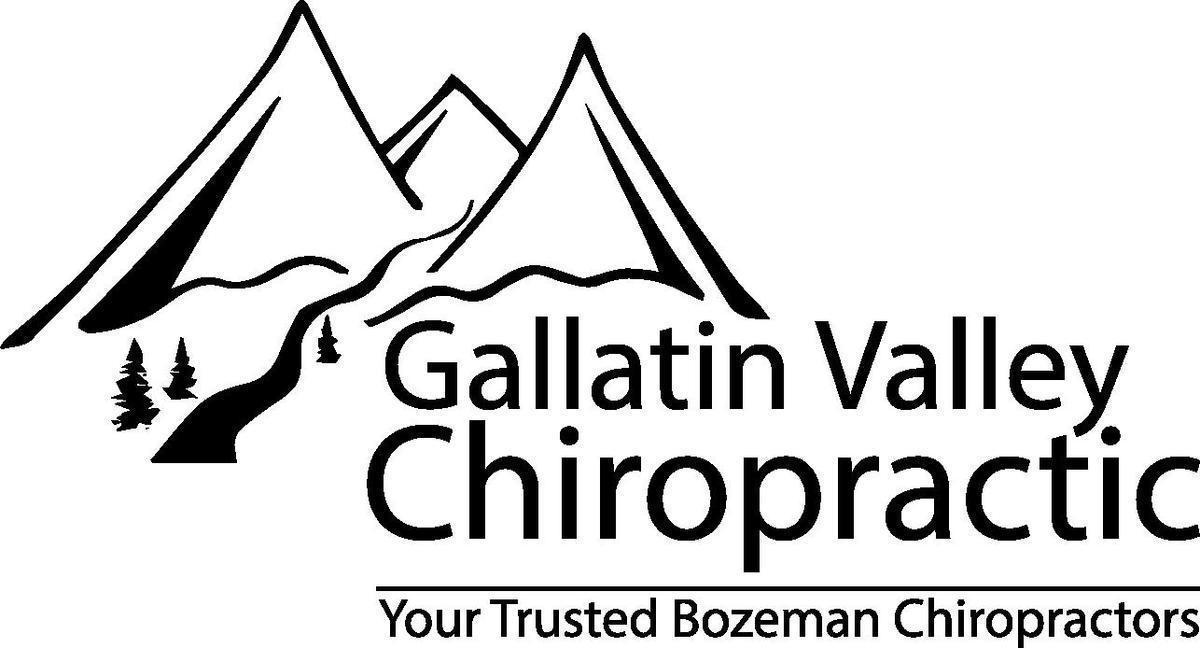The Four Phases of a Whiplash Injury
When a rear-end collision happens, your body undergoes a very rapid and excessive acceleration and deceleration. All of the four phases of the whiplash injury will occur in less than half of a second! During each phase, there are different forces influencing the body that play a part in the overall injury. The force of the movement is so sudden that the damage to the vertebrae, discs, nerves, ligaments and muscles of your neck and spine can be very serious and substantial.
Phase 1
During the first phase, your car is pushed out from underneath you, making your mid-back flatten against the seatback, and ramp upward. This upward force on your cervical spine leads to compression of your joints and discs. As the seat causes your spine to move your torso forward, your head moves backwards, creating a shearing force in the joints of your neck. The distance traveled by your head can be reduced if the head restraint is properly adjusted. However, the majority of the damage to the spine happens before your head is able to reach the headrest. Recent studies have demonstrated that the risk of injury is only reduced by 11-20% when using head restraints.
Phase 2

Phase 3
During phase 3, your body moves back down into your seat, and your head and neck are at their peak level of forward acceleration. During this time, your car is begins to slow down. Pressing on the brake will cause your car to slow down quickly, and which increases the severity of the injury to your neck, as it moves from the S-curve, into flexion. Any slack in the shoulder harness and seat belt is taken up, as your body moves forward while the car decelerates.
Phase 4
The fourth phase is the most damaging phase in the development of a whiplash injury. During this phase, your head and neck are free to move forward without restraints, as your body is restricted by the seat belt and shoulder restraint. This causes intense forward-bending in your neck, putting strain on the ligaments and muscles, damaging fibers in the discs and causing a misalignment in the vertebrae. The impact may cause the nerves and spinal cord to become stretched and irritated, leading to weakness, numbness or tingling. If the impact is significant, your brain can also strike the inside of your skull, leading to a mild to moderate brain injury, called a concussion. Without restraints a seat belt, hitting the windshield or steering wheel can cause laceration, brain injury and other trauma.
-Gallatin Valley Chiropractic-

Call us at: 406-551-2177
Schedule Online Here!
https://appointments.mychirotouch.com/?clinic=GVCL0001


